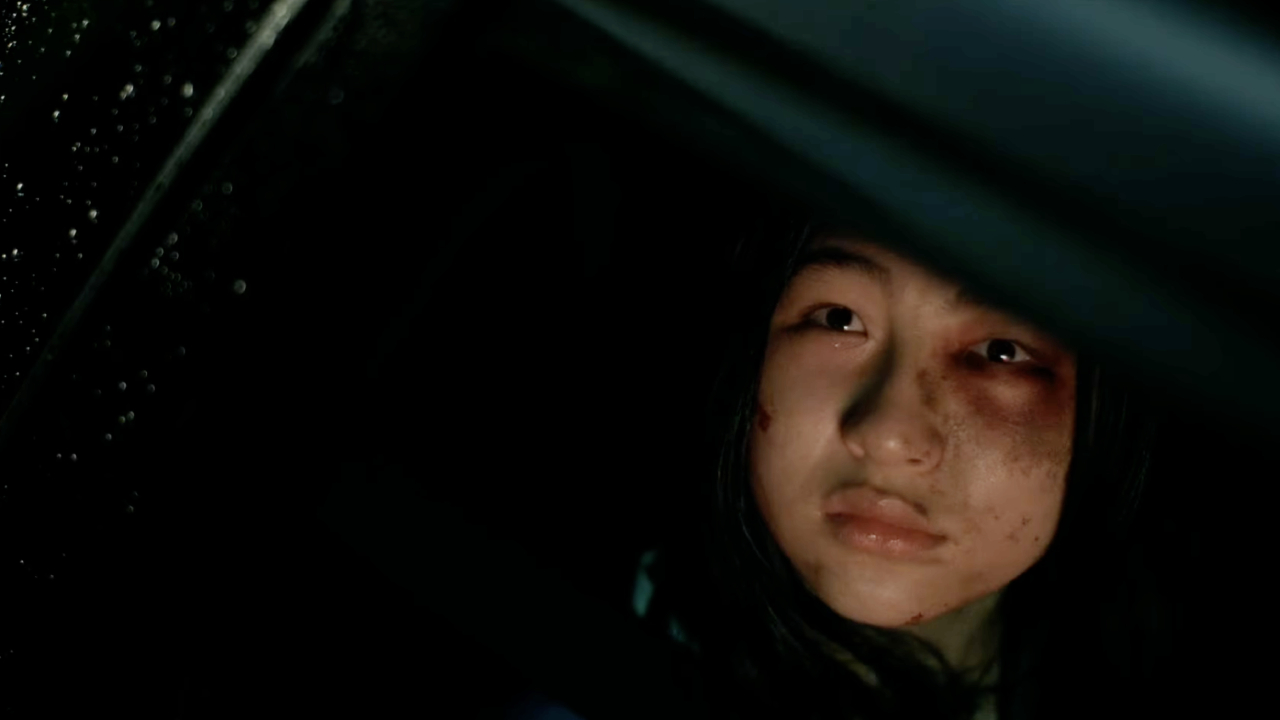The following article contains spoilers about the major events in Bring Her Back. So, read ahead WITH CAUTION!
Bring Her Back was one of the first of many horror films that premiered this summer. First reactions of the A24 movie being “fucked up” were on-point, because it’s full of unforgettable, disturbing moments of “Ollie”’s demonic behavior. After I saw the Philippou Brothers’ terrifying horror flick for the first time, though, what I really need to talk about is the disability representation in its visually impaired character, Piper.
During his interview with FilmUpdates, Danny Philippou said the inspiration for Bring Her Back came from their friend’s little sister, who is blind. After her parents wouldn’t let her catch a bus by herself, “she was trying to communicate that she needed to have her own independence.” This tragic element of the movie centers on the journey of trying to let go. As Piper navigated the world on her own terms, here’s how Bring Her Back powerfully represented visually impaired people.
2025 movie release, the typical narrative trope of a disabled character is flipped, where disability is not shown as a weakness or an inspirational moment. It just is. Piper’s limited sight didn’t hold her back as she found strength through her other senses. When she found Andy having a breakdown after “Ollie” was being disturbing to him, Piper was able to calm him down with her voice and touch. In that moment, it wasn’t about what she couldn’t see. It was about what she could sense.
Piper navigated Laura’s house by touching the walls, the floor, and objects, rather than relying on others to take her everywhere. Piper also refused to use a cane to get around, saying she didn’t want anyone to “baby” her. She relied on her instincts, memory, and hearing to move through unfamiliar environments. Her disability was never used as a crutch, with the words “I can’t” never coming out of her mouth.
top horror movies of 2016, Don’t Breathe, a blind war vet was the movie’s antagonist. His blindness reinforced the trope that disability can make someone violent. Piper was not a villain, and her disability didn’t bring out any monstrosity in her. She’s a human being who was no different than the sighted characters around her. Plus, disability should not make a person easily susceptible to danger. Strength can exist in someone that society underestimates.

Piper Didn’t Need To Be Saved
After Laura killed Piper’s brother, she was left alone in the house with her. Throughout the movie’s climax, Piper never allowed herself to be helpless or use her disability as a barrier. Through movement and sensory awareness, Piper saved herself.
As the movie’s antagonist was trying to drown Piper to bring her deceased daughter back to life, the girl was smart enough to yell out, “Mum!” This threw Laura off and gave her enough time to escape through the shed and past the grasp of “Ollie.” Compared to waiting to be rescued, she managed her own freedom by flagging down a passing car.
The disability representation in Bring Her Back is a standout quality that movies should strive for. Piper’s eyesight may have been limited, but her disability didn’t limit her.
Throughout, Sora Wong’s character aimed to be treated like everyone else and never made herself helpless. With strong representation like this, blind audiences can see themselves in the horror movie reflected with dignity, strength, and resilience. The Philippou Brothers’ new horror flick is available for rent on digital streaming platforms.
